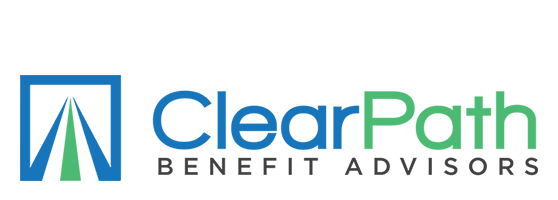31 Jan Organizational Psychologists Announce the Top 10 Workplace Trends for 2014
Originally posted January 29, 2014 by Sandy Smith on https://ehstoday.com
The Society for Industrial and Organizational Psychology (SIOP) has released its first annual Top 10 Workplace Trends for 2014. Where do the workplace issues that are important to you rank on this list?
Some 8,000 industrial-organizational (I-O) psychologists belonging to the Society for Industrial and Organizational Psychology (SIOP) have weighed in, offering their suggestions for the Top 10 trends for 2014. I-O psychologists study workplace issues of critical relevance to business, including talent management, coaching, assessment, selection, training, organizational development, performance and work-life balance.
There were some surprises, said Liberty Munson, principal psychometrician of learning experiences at Microsoft and chair of the committee that compiled the responses from SIOP members.
“I was probably most surprised around the suggestion that gamification (No. 5) might change workspaces and the work itself,” said Munson. “Although I have seen gamification incorporated into a wide variety of assessments, thinking of how it might grow beyond assessments to workspaces and the work itself is intriguing. I can’t wait to see how gamification is incorporated into the entire employee experience over the next few years!”
The list of top 2014 trends, starting with No. 10 is:
10. Alternatives to full-time – SIOP members predict that organizations will continue to see more people working part-time or as consultants, temporary workers and contractors. Beyond 2014, we may see an increase in “contingent labor” rather than full-time employees. How will this impact the working experience and change an organization’s culture? I-O psychologists are studying the implications for hiring, promotion, training and talent management.
9. Telework – Increasingly, work is becoming the “thing” you do and not a place you go – more people are working remotely from their homes or satellite locations. How do organizations help their employees manage themselves and their work in an increasingly dynamic, virtual workplace? How do organizations maintain high levels of productivity and employee engagement? I-O psychologists are working to help ensure telework remains productive.
8. Social media – Organizations increasingly will use social networking sites, such as Facebook and LinkedIn, to screen employees and make other employment-related decisions. This is an intriguing area for I-O psychologists, as the legal ramifications for using social networking sites in this way still are largely unknown.
7. Work-life balance – Because of social media, smartphones and telework, the lines between personal and professional lives will continue to blur. For example, what someone posts on his social media profile can affect his job, and employees often stay connected to work even when they leave their offices. Work-life integration issues, including the debate between offering flex work and having face-time, are becoming increasingly important for organizations. How do organizations maximize performance in a world with fewer boundaries between work and life?
6. Integration of technology in the workplace – From scanning social media in selection to performance tracking and monitoring software, the use of technology in the management of human resources will continue to grow. The question is, how do we integrate technology without taking the “human” out of human resources?
5. Gamification – Gamification of more HR processes and workplace experiences, such as selection, employee development and training, will continue to grow as organizations think about ways to engage their employees, assess skills and attract talent. In addition, utilizing point systems, badges, leaderboards and other competitive tactics in order to encourage desirable behaviors, such as employee health and wellness, training and development and performance, is likely to increase. Can gamification of workspaces and the work itself be far behind?
4. New ways to test – Testing on small-screen devices, such as smartphones and tablets, will become more common. Notions like “assessment on-the-go” and “mobile assessment” will become part of daily conversation as organizations learn to leverage technology when assessing prospective and current employees’ skills. I-O psychologists will need to design assessments that are valid and reliable measures of skills regardless of how, where and when they are delivered.
3. The talent question – How do organizations find rare or unique talent? In many occupations, specialized skills increasingly are becoming important for organizational success, yet fewer and fewer people possess them. Once the needed talent is found, how do you attract them to and keep them at your organization? How/can it be developed? What developmental experiences are needed to grow such talent?
“Attracting, hiring, and retaining the right talent for any particular organization is a longstanding area of research and practice for SIOP members and I-O psychologists,” explained SIOP President Tammy Allen. “Each organization presents its own set of challenges and circumstances when it comes to finding the right talent and keeping that talent satisfied.”
I-O psychologists uniquely are trained to identify solutions that meet the individual needs of organizations, Allen added. “For some organizations, this may mean reaching out to prospective employees in new ways or through novel avenues, for others it may mean creating more effective assessment and selection tools to find the best fit for a job,” she said. “I-O psychologists work in a variety of settings – from talent management departments in Fortune 500 corporations to private consulting companies to the Office of Personnel Management for the federal government – and many of them are using their unique skills and expertise to answer some of these very pressing questions.”
2. Increasing efficiency – “Working faster and better with less” has become the mantra of many organizations. What can organizations do to enable employees to deliver great results when they have fewer resources available? I-O psychologists are developing valid measurements to determine at what point resource limitations start having a negative impact on the quality, performance and the organization’s bottom line.
And the No. 1 trend…
1. Big data – Big data will continue to make its presence felt, but more emphasis will be placed on finding practical, meaningful results. Too much time has been wasted mining large data sets and finding significant but impractical results. I-O psychologists can help organizations understand the value of their big data and apply the appropriate interpretations to drive meaningful business decisions.






